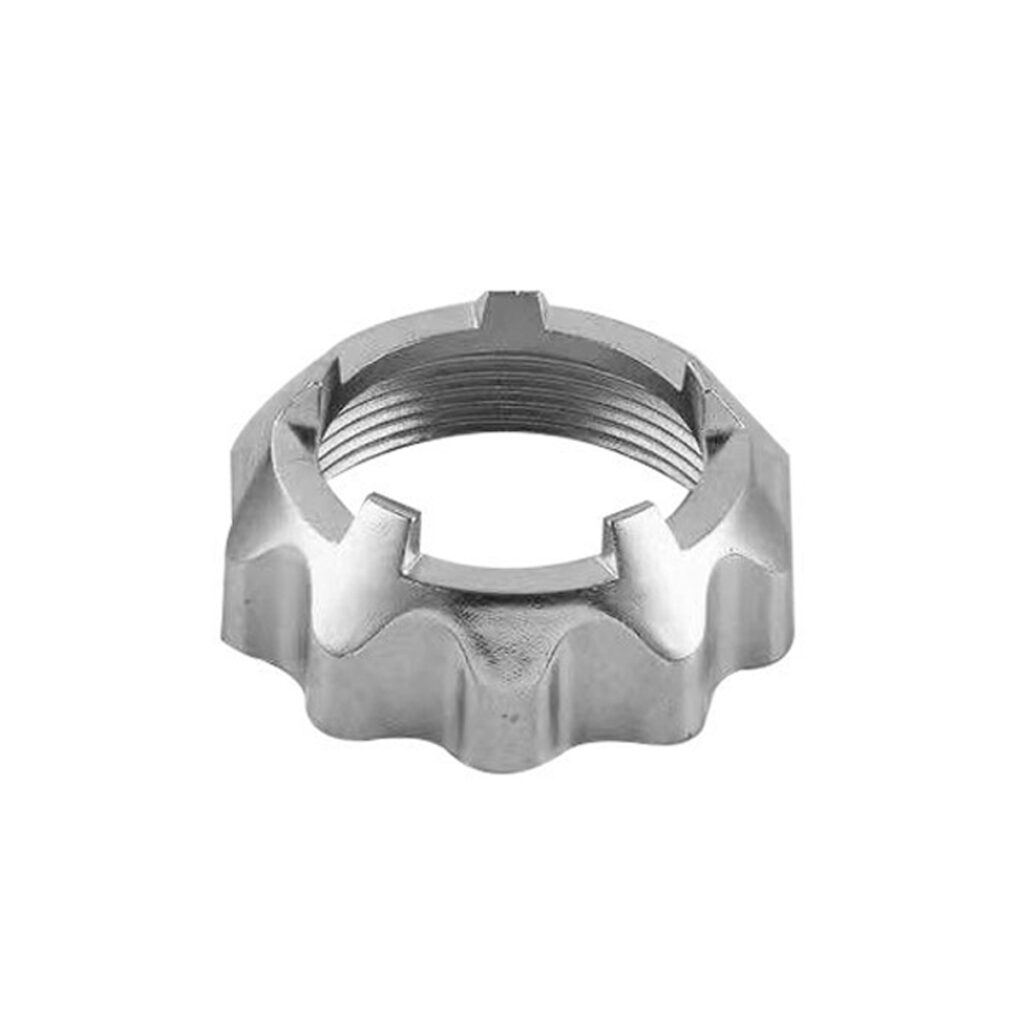In today’s competitive landscape, speed is a critical advantage. The ability to move rapidly from a digital concept to a functional physical prototype can define a product’s success, allowing companies to validate designs, secure funding, and outpace competitors. While technologies like 3D printing are often hailed for speed, CNC machining remains a cornerstone for producing high-fidelity, functional prototypes that closely mimic final production parts.
The challenge, however, lies in overcoming the perception that CNC machining is slower than other methods. The reality is that with a strategic approach, CNC machining can deliver rapid turnaround on prototypes without sacrificing the quality and material properties that make it indispensable.
This guide outlines actionable strategies to accelerate your CNC prototyping process from design to delivery.
Part 1: Laying the Groundwork: Design for Manufacturability (DFM)
The single most significant factor impacting prototyping speed happens before a single toolpath is generated: it’s in the design phase. Proactively practicing Design for Manufacturability (DFM) eliminates costly and time-consuming revisions.
1. Simplify Geometry Strategically:
- Avoid Unnecessary Complexities: Do every contour, pocket, and undercut need to be machined? Often, non-critical aesthetic features can be simplified for the prototype without affecting its function. Ask yourself: “What is the primary goal of this prototype?” If it’s for fit, focus on critical interfaces. If it’s for function, focus on the features that enable that function.
- Minimize Multi-Axis Requirements: While 5-axis CNC machines offer incredible capabilities, 3-axis machining is often faster to program and set up. Design your prototype so that its primary features can be accessed from the top and bottom in two separate 3-axis setups. Reserve the 5-axis for geometries that are truly impossible to create otherwise.
2. Design with Standard Tooling in Mind:
- Use Standard Hole Sizes: Specify hole sizes that match standard drill bit sizes (e.g., M3, M4, 1/8″, 1/4″). Custom-sized holes require special tools or slower milling operations.
- Specify Realistic Radii for Internal Corners: An end mill, a cylindrical tool, cannot create a sharp internal corner. Always specify a radius. Using a standard, slightly larger radius (e.g., 3mm instead of 1mm) allows the machinist to use a larger, more robust tool that can remove material faster and with less vibration.
3. Be Smart About Tolerances:
- Tolerance Stack-Up: Every tightly toleranced feature adds inspection time and may require slower, more precise machining passes. Apply tight tolerances only to critical features (e.g., a bearing press-fit). For non-critical dimensions, allow for standard machining tolerances (±0.005″ or ±0.125mm is often sufficient for prototyping), which can be achieved much faster.
Part 2: The Digital Handoff: Streamlining Communication
Ambiguity is the enemy of speed. A clear, complete digital handoff prevents back-and-forth communication that grinds the process to a halt.
1. Provide a Complete and Clean CAD Package:
- The Golden Rule: Always provide a native 3D CAD file (e.g., .STEP, .IGES, .X_T) in addition to your 2D drawings. These neutral formats are universally readable and prevent translation errors from proprietary software.
- Clean Model Geometry: Ensure your 3D model is “watertight” – meaning it has no gaps, overlapping surfaces, or other errors. A flawed model requires the manufacturer to spend time repairing it before programming can even begin.
- Consolidate Parts: If you have an assembly, send the files for the entire assembly, but clearly indicate which specific components are to be quoted and machined.
2. Create a Crystal-Clear 2D Drawing:
- Even with a 3D model, a 2D drawing is essential. It acts as the definitive legal document for the part.
- Crucial Information to Include:
- Critical Dimensions and Tolerances: Highlight the “must-have” dimensions.
- Material Specification: Be specific (e.g., “Aluminum 6061,” “Stainless Steel 316”).
- Surface Finish Requirements: Specify if certain areas require a specific finish (e.g., “250 Grit Bead Blast,” “Anodize, Type II, Black”).
- Thread Specifications: Call out all thread sizes and depths.
3. Communicate the Prototype’s Purpose:
- Tell your manufacturing partner what the prototype is for. Is it a visual model, a fit-check, a functional test, or a pre-production unit? This context allows them to suggest the most time- and cost-effective strategies, such as recommending a different but more readily available material or suggesting a simplification that won’t impact your test results.
Part 3: Strategic Partnering: Choosing the Right Manufacturer
The manufacturer you choose can make or break your timeline. Look for a partner that is specifically set up for rapid prototyping.
1. Seek a “Quick-Turn” or “Proto-Focused” Service:
- Many machine shops have dedicated rapid-response teams or divisions that specialize in fast-turnaround, low-volume work. Their workflows are optimized for speed, not for maximizing the output of a 10,000-part production run.
2. Evaluate Their Digital Infrastructure:
- A modern shop will have a streamlined online quoting system. The ability to upload your files and receive a quote within hours, not days, is a strong indicator of an efficient operation.
3. In-House Capabilities are Key:
- The fastest suppliers have all necessary services under one roof: CNC milling/turning, finishing, and quality control. This prevents days of delay from shipping parts to a third-party for anodizing or inspection.
4. Location and Logistics:
- While not always the deciding factor, partnering with a manufacturer in a similar or neighboring time zone can significantly improve communication speed and reduce shipping times for physical parts.
Part 4: Material and Process Optimization
Smart choices at the ordering stage can shave days off your lead time.
1. Choose a Readily Available Material:
- Aluminum 6061 is the “default” for a reason. It’s widely available, inexpensive, and one of the fastest materials to machine. Unless your prototype requires specific properties (e.g., high strength, high temperature), stick with a common grade of aluminum or plastic (like ABS or Delrin) to avoid material sourcing delays.
2. Opt for Standard Finishes:
- An “as-machined” finish is the fastest and cheapest. If a finish is required, choose standard options like bead blasting or a common anodized color. Custom colors or complex multi-stage finishes will add time.
3. Consider “Family” or “Nesting” Molding:
- If you have multiple parts in a prototype assembly, ask if they can be machined from a single block of material (nested) or scheduled to run back-to-back. This reduces overall setup time per part.
4. Plan for Post-Processing:
- Discuss lead times for any secondary operations upfront. Knowing that anodizing adds two days to the schedule allows you to plan your project timeline more accurately.
Part 5: The Iterative Mindset: Learn and Adapt
Finally, speed is cultivated over multiple prototyping cycles.
- Document Feedback: After receiving your prototype, note any issues. Was the tolerance too tight? Was the feature difficult to machine?
- Incorporate Learnings into the Next Revision: The ultimate way to speed up prototyping is to reduce the number of iterations required. Use the feedback from each physical part to make your next CAD design more manufacturable, setting the stage for an even faster turnaround on V2 and a smoother transition to production.
Conclusion: Speed as a Synergy
Speeding up CNC prototyping is not about finding one magic bullet. It is the synergistic result of a streamlined process that encompasses intelligent design, clear communication, strategic partner selection, and smart logistical choices.
By embracing DFM principles, providing flawless data, and partnering with a responsive manufacturer, you can leverage the full strength of CNC machining—its precision, material integrity, and ability to produce robust, functional parts—at a speed that keeps you firmly ahead of the competition. In the race to market, a well-executed CNC prototype isn’t just a model; it’s a strategic accelerator.


